refinishing original wood floors & historically correct behavior
bungalowbees
18 years ago
Related Stories
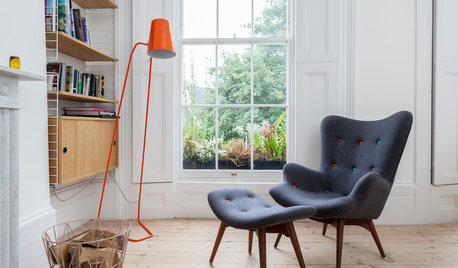
FLOORS10 Ways to Make the Most of Your Home’s Original Floors
Save yourself the cost of replacing your old floorboards with these tips for a new finish
Full Story
GREAT HOME PROJECTSWhat to Know Before Refinishing Your Floors
Learn costs and other important details about renewing a hardwood floor — and the one mistake you should avoid
Full Story
GREAT HOME PROJECTSHow to Refinish a Wood Deck
Keep your deck looking its best — and save feet from splinters — by applying a new stain and sealant every year or so
Full Story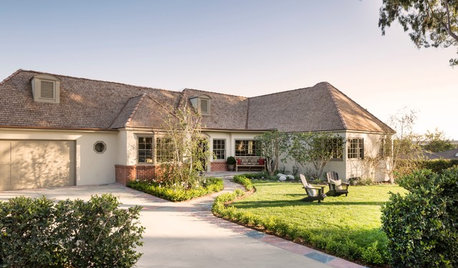
TRADITIONAL HOMESHouzz Tour: Historic Coastal Home Is Rescued From Neglect
A designer lavishes TLC on a splendid Normandy revival house in Laguna Beach, embracing its original style in the renovation
Full Story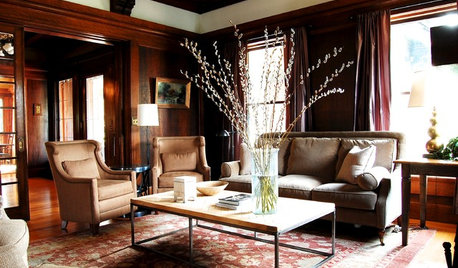
TRADITIONAL HOMESMy Houzz: Historical Richness for a Stately Alabama Home
Original details and expertly crafted features charm in this handsome century-old Birmingham home
Full Story
REMODELING GUIDESOriginal Home Details: What to Keep, What to Cast Off
Renovate an older home without regrets with this insight on the details worth preserving
Full Story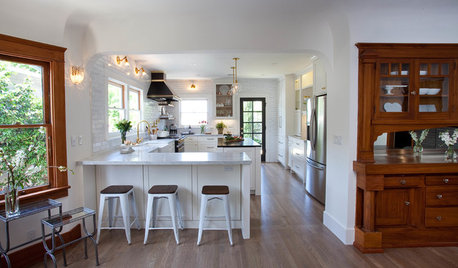
KITCHEN OF THE WEEKA Functional Face-Lift for a Historic Craftsman Kitchen
An open layout creates better connectivity, while a mix of schoolhouse, farmhouse and Craftsman styles brings modern charm
Full Story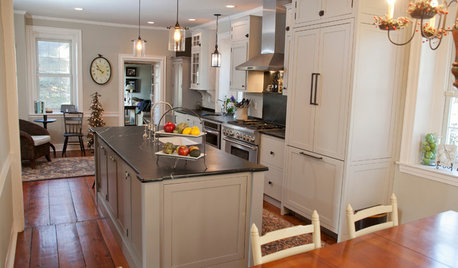
KITCHEN DESIGNNew and Old Mix It Up in a Historic Farmhouse Kitchen
A couple rethink the kitchen in their Pennsylvania farmhouse to restore authenticity while also creating a space for modern living
Full Story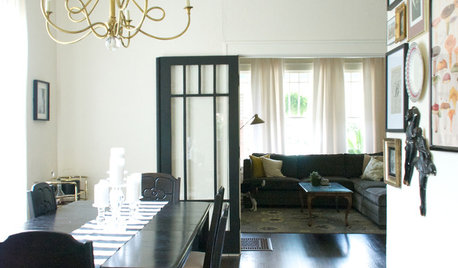
HOUZZ TOURSMy Houzz: Eclectic Charm in a Historic Dallas District
Vintage and travel-inspired touches give a 1920s home in Texas comfortable elegance
Full Story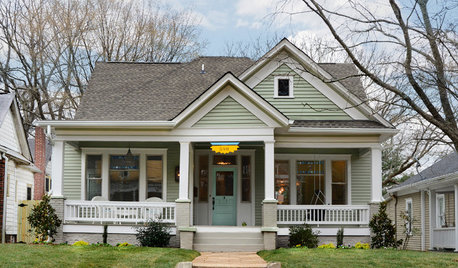
HOUZZ TOURSHouzz Tour: Lovingly Resurrecting a Historic Queen Anne
Dedication and a keen eye turn a neglected eyesore into the jewel of its Atlanta neighborhood
Full Story









Carol_from_ny
aprilwhirlwind
Related Professionals
Bloomington Kitchen & Bathroom Designers · Moraga Kitchen & Bathroom Designers · Mount Prospect Kitchen & Bathroom Designers · Williamstown Kitchen & Bathroom Designers · Alpine Kitchen & Bathroom Remodelers · Bremerton Kitchen & Bathroom Remodelers · Dearborn Kitchen & Bathroom Remodelers · Fort Washington Kitchen & Bathroom Remodelers · Pueblo Kitchen & Bathroom Remodelers · Southampton Kitchen & Bathroom Remodelers · Plant City Kitchen & Bathroom Remodelers · Charleston Architects & Building Designers · Madison Heights Architects & Building Designers · Pembroke Architects & Building Designers · Saint Louis Park Architects & Building Designerssberger
aprilwhirlwind
bungalowbeesOriginal Author
bulldinkie
bungalowbeesOriginal Author
dandaintac2
jcin_los_angeles
jan9